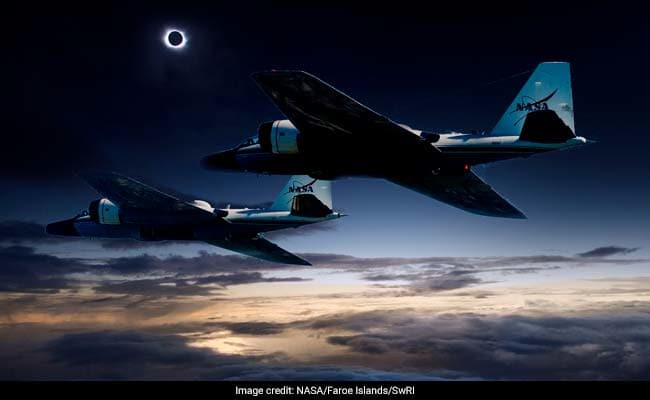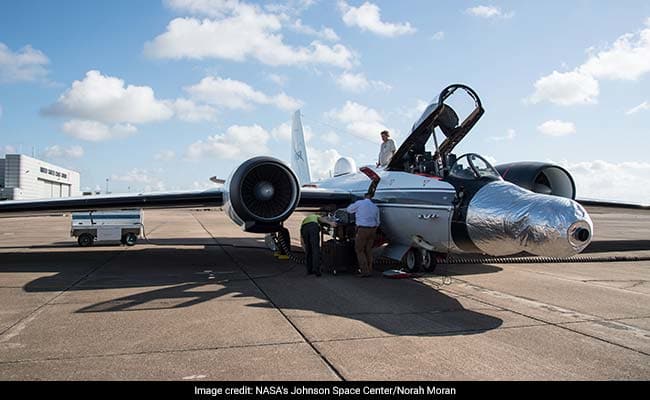
[WATCH VIDEO] Scientists Gearing Up To Chase The Solar Eclipse Using NASA’s Jet Planes
Unlike the every Solar Eclipse or Lunar Eclipse, this Eclipse is quite fascinating. Considering peoples’ profound interest on this subject, NASA has already revealed a list of factors that must be considered in order to view the Solar Eclipse. NASA strictly repudiated the usage of other man-made mediums which are not mentioned in the prescribed notice given by the Space Agency.
In addition to that, experts are now planning to chase the shadow of the Moon using NASA’s research jets during the upcoming total solar eclipse in the US, in order to capture the clearest ever images of the Sun’s outer atmosphere. Amir Caspi of the Southwest Research Institute in the US and his team will use two of NASA’s WB-57F research jets to follow the darkness across the US on August 21st.
The odyssey begins after taking the observations from twin telescopes mounted on the noses of the planes, Caspi will capture the clearest images of the Sun’s corona to date and the first-ever thermal images of Mercury, revealing how temperature varies across the planet’s surface from elevation to elevation and time to time.

Talking about the same, Dan Seaton, a researcher at the University of Colorado in the US has said, “These could well turn out to be the best ever observations of high-frequency phenomena in the corona.”
This project has become very necessary one, because, the total solar eclipse provides a rare opportunity for scientists to study the Sun, particularly its atmosphere. Coming to the science, as the Moon completely covers the Sun and perfectly blocks its light during an eclipse, the typically faint corona is easily seen against the dark sky.

In this process, scientists will observe the solar corona using stabilized telescopes aboard the WB-57F research aircraft. This vantage point provides distinct advantages over ground-based observations, researchers added.
Meanwhile, as the corona is heated to millions of degrees, yet the lower atmospheric layers like the photosphere – the visible surface of the Sun – are only heated to a few thousand degrees. Scientists are not sure how this inversion takes place.
There’s a theory which proposes micro explosions, termed nanoflares, too small and frequent to detect individually, but with a large collective effect, might release heat into the corona. As of now, no one has yet directly seen nanoflares, but the high- resolution and high-speed images to be taken from the WB-57F jets might reveal their effects on the corona in the coming time.
Watch Video Here:
In this experiment, the high-definition pictures, captured 30 times per second, will be analyzed for wave motion in the corona to see if waves move towards or away from the surface of the Sun, and with what strengths and sizes. With two planes launching from Ellington Field near NASA’s Johnson Space Center in Houston observing the total eclipse for about three and a half minutes each, the precise readings will be noted down.
As the flight elevation is considerably high, the observations taken with onboard telescopes will avoid looking through the majority of Earth’s atmosphere, greatly improving image quality. At the planes’ cruising altitude of 50,000 feet, the sky is 20-30 times darker than as seen from the ground, and there is much less atmospheric turbulence, allowing fine structures and motions in the Sun’s corona to be visible.
Another significance of this deed is, these images, taken in the infrared, will be the first attempt to map the variation of temperature across the surface of the planet with respect to time and elevation fluctuations.
Related Article: NASA Officially Announced The Safety Tips To View Solar Eclipse